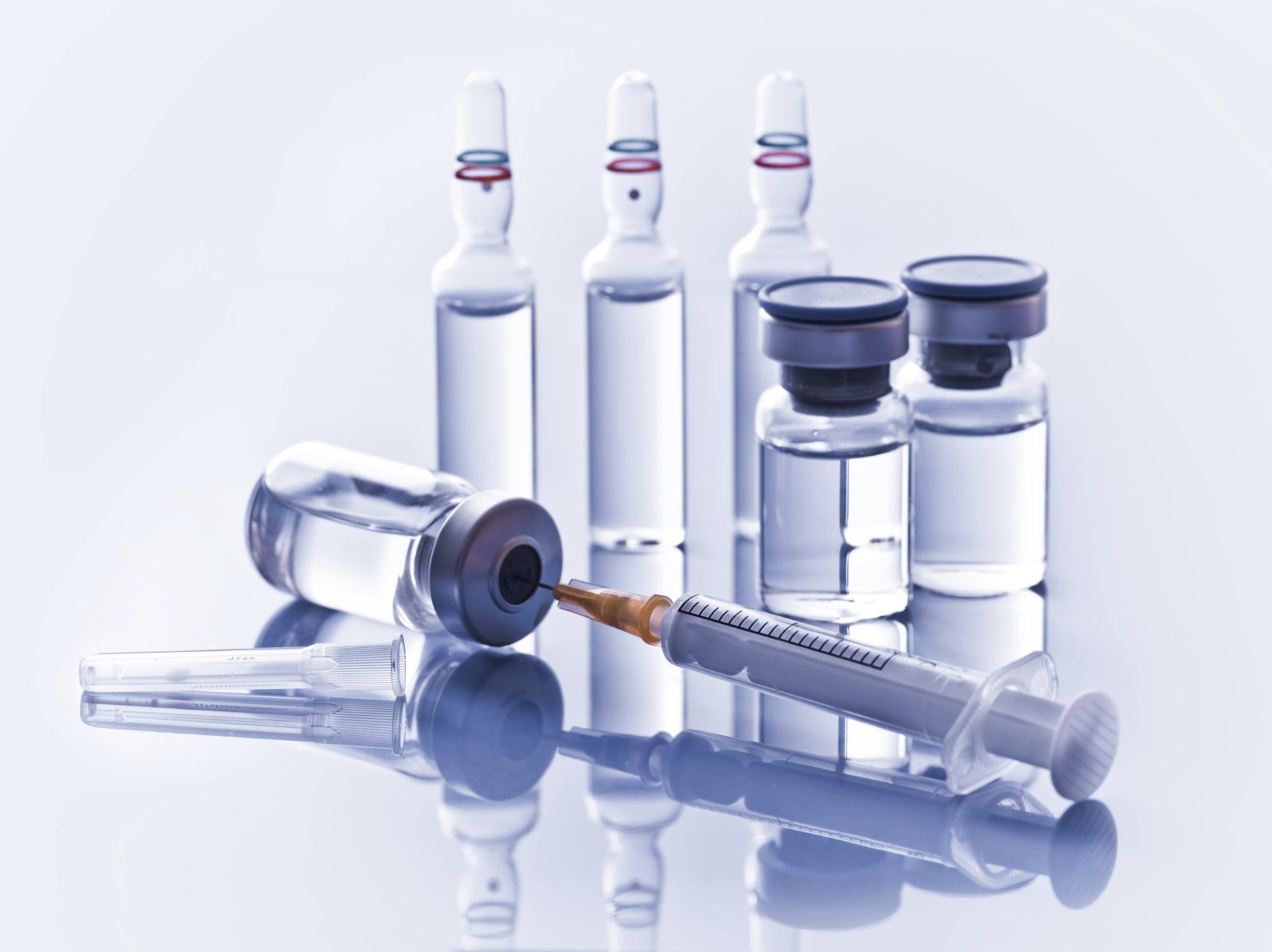Depths of Sedations
"Because it is not always possible to predict how a specific patient will respond to sedative and analgesic medications, practitioners intending to produce a given level of sedation
should be able to rescue patients whose level of sedation becomes deeper than initially intended. For moderate sedation, this implies the ability to
manage a compromised airway or hypoventilation, and support cardiovascular function in patients who become hypotensive, hypertensive, bradycardic or tachycardic"
2018 American Society of Anesthesiologist Practice Guidelines for Moderate Procedural Sedation.
Minimal Sedation
"Anxiolysis"
Comparable to Possible DUI
Normal Response to Verbal Commands.
Cognitive Function and Physical Coordination may be Impaired.
Cardiovascular, Ventilation, and Airway are
not Altered.
Moderate Sedation
"DUI"
Previously called "conscious sedation"
Drug-induced Depression but Respond Purposefully to Verbal Commands--either Alone or Light Tactile Stimulation.
No Interventions Required to Maintain Airway or Spontaneous Ventilation.
Cardiovascular Function Usually Intact.
Deep Sedation
"Alcohol Toxicity"
Drug-Induced Depression.
Not Easily Arousable.
Respond Purposefully to Painful Stimulation.
Ventilation and Airway may be Impaired.
May Require Airway Assistance.
Cardiovascular Function Usually Intact.
General Anesthesia
"Unconscious"
Drug-Induced Loss of Consciousness.
Not Arousable even with Pain.
Ventilation often Impaired Requiring Intervention or Support.
Cardiovascular Function May be Impaired.
Disclaimer:
Example of Wine for Illustrative Purposes Only.
Ethanol is a Poor Anesthetic Agent:
High Toxicity with Narrow Therapeutic Window.
Guedel's Stage 2 is Excitement Phase
Minimize Time in this level of Anesthesia or Avoid Entirely:
Increased Aspiration and Laryngospasm Risks
Expectations
The secret to successful minimal or moderate sedation is
Realistic Patient Expectations
"You will not be unconscious or asleep."
"It is necessary to participate in your own care--follow verbal commands."
"The sedation will be light: like one or two glasses of wine."
"I-don't-care" medicine.
"You will be aware but OK with what's going on."
"You may have amnesia but amnesia only certain with general anesthesia."
"Sedated deep enough that you will not be legal to drive yourself home."
"It is OK to have some discomfort (pressure) but if you are having pain please say something so that we can make it better."
"If unable to achieve acceptable comfort level while still being awake enough to follow commands, procedure will be stop and you will be reschedule at facility where you can safely be put under anesthesia ."
If procedure is painful then minimal or moderate sedation is a poor choice.
If patient demands to be "put out" then not a good candidate for minimal or moderate sedation.
Expect Failures
If provider/facility not trained, equipped or prepared for deeper sedation, stop;
Don't deepen anesthetic if you can't rescue: are not able to reverse lost airway or hemodynamic compromise.
Reschedule at Appropriate Facility with Proper Staffing for Deep Sedation or General Anesthesia.
Not completing the procedure because the patient could not tolerate it at the intended (permitted) level of sedation is an acceptable failure
[nevertheless, attempting a procedure that is probable to fail because it is of a nature that will require deeper sedation than permitted is a recipe for possible disaster].
Deeper sedation than trained, prepared, equipped or skilled for with potential loss of airway (brain injury or death) is an unacceptable failure!






